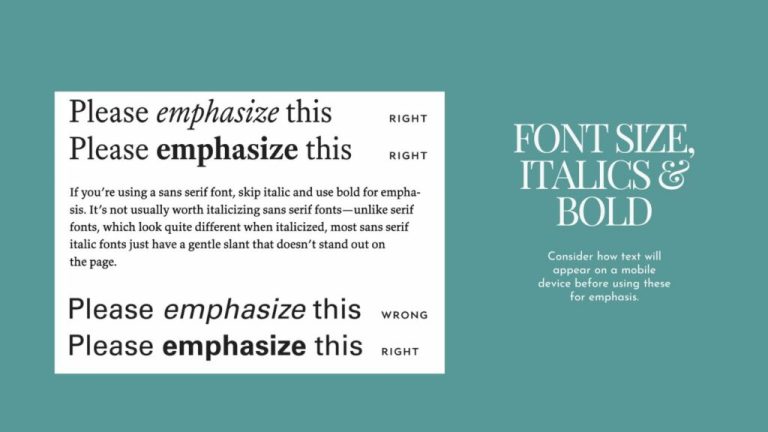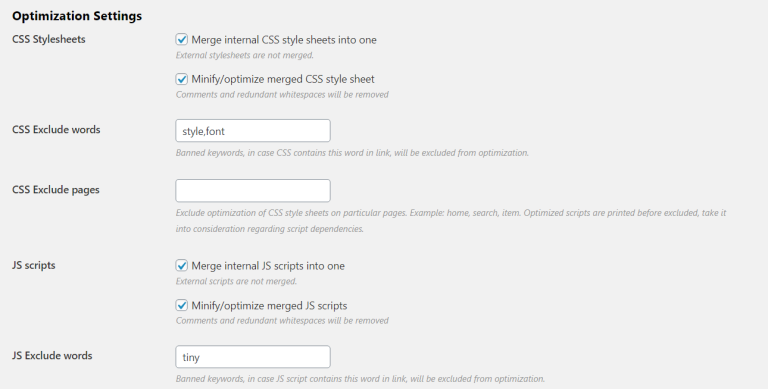
In today’s fast-paced digital landscape, the way you structure your blog posts can make or break your content’s success. With attention spans shrinking and competition intensifying, maximizing readability is no longer optional—it’s essential. Whether you’re a seasoned blogger or just starting out, understanding how to structure your posts for clarity, engagement, and SEO will set you apart from the crowd.
This guide will walk you through the key principles of blog post structuring, why it matters, and how to implement these strategies effectively. By the end, you’ll have a clear roadmap to create content that not only ranks well in search engines but also keeps readers engaged and coming back for more.
What Is Blog Post Structuring and Why It Matters
Blog post structuring refers to the organization of content in a way that enhances readability, user experience, and search engine visibility. It involves breaking down your content into logical sections with headings, subheadings, bullet points, and other formatting elements that guide the reader through the material.
Why does this matter? Well, think about it—readers don’t want to scroll endlessly through walls of text. They want information delivered clearly and efficiently. Search engines like Google also prioritize content that is easy to read and navigate, as it indicates quality and relevance.
Moreover, structured content helps with search intent alignment. Whether your audience is looking for quick answers, in-depth guides, or product comparisons, proper structuring ensures your content meets their needs.
How Blog Post Structuring Impacts SEO Performance
The relationship between blog post structuring and SEO is undeniable. Here’s how it affects your performance:
- Improved Dwell Time: When your content is well-organized, readers spend more time on your page. This signals to search engines that your content is valuable, which can improve your rankings.
- Better User Experience (UX): Clear structure makes your content more accessible, reducing bounce rates and increasing the likelihood of shares and backlinks.
- Enhanced Mobile Optimization: With more users accessing content on mobile devices, structured content adapts better to smaller screens, improving overall usability.
- Keyword Placement: Proper heading hierarchy allows you to naturally incorporate keywords in H1, H2, and H3 tags, which is crucial for on-page SEO.
By focusing on structuring, you’re not just writing for humans—you’re also optimizing for search engines, making your content more discoverable and impactful.
Step-by-Step Implementation Framework
To maximize readability and SEO, follow this actionable framework:
1. Define or Audit the Current Situation
Start by analyzing your existing blog posts. Are they cluttered? Do they lack clear headings or subheadings? Use tools like Google Analytics or SEMrush to identify pages with high bounce rates or low dwell times. This will help you pinpoint areas that need improvement.
2. Apply Tools, Methods, or Tactics
Use the following techniques to structure your posts:
- Headline First: Write a strong H1 title that includes your primary keyword.
- Subheadings (H2, H3): Break your content into digestible sections using H2 and H3 tags. Aim for one subheading every 250–300 words.
- Bullet Points and Lists: Use them to highlight key points, steps, or benefits. This improves scannability.
- Short Paragraphs: Keep paragraphs under 4–5 lines. Long blocks of text are off-putting.
- Internal Linking: Link to other relevant posts or pages on your site to keep readers engaged and improve navigation.
3. Measure, Analyze, and Optimize
After implementing your changes, monitor the results using tools like Google Search Console, Ahrefs, or Hotjar. Track metrics such as:
- Bounce rate
- Average session duration
- Pages per session
- Click-through rate (CTR)
Use this data to refine your strategy and continue improving your content.
Real or Hypothetical Case Study
Let’s look at a hypothetical example of a travel blog that revamped its post structure:
Before: A 1,200-word article titled “Top 10 Destinations in Europe” with no subheadings, long paragraphs, and no visual elements.
After: The same article was restructured with:
– An H1 title: “Top 10 Must-Visit Destinations in Europe”
– H2 headings for each destination
– Bullet points listing key attractions
– Short paragraphs and images with alt text
– Internal links to related posts
Results:
– Dwell time increased by 60%
– Bounce rate dropped by 40%
– Traffic from organic search rose by 35%
This case study shows how even small structural changes can have a significant impact on performance.
Tools and Techniques for Blog Post Structuring
Here are some of the best tools to help you structure your blog posts effectively:
- Hemingway Editor – Highlights complex sentences, passive voice, and hard-to-read text. Great for simplifying content.
- Yoast SEO – Offers readability and SEO suggestions directly within WordPress. Helps you optimize headings, keyword usage, and more.
- Grammarly – Checks for grammar, clarity, and tone, ensuring your content is polished and professional.
- StoryChief – An all-in-one content platform that helps with structuring, SEO, and collaboration.
- SurferSEO – Provides real-time content optimization suggestions based on top-ranking pages.
These tools not only help you write better content but also ensure it meets both reader and search engine expectations.
Future Trends and AI Implications
As AI continues to evolve, the importance of structured content will only grow. Search engines like Google are increasingly prioritizing E-E-A-T (Experience, Expertise, Authoritativeness, Trustworthiness), which is closely tied to content quality and readability.
AI-powered tools like Google’s Passage Ranking and BERT are now better at understanding context and user intent. This means your content must be not only well-structured but also deeply relevant and engaging.
To stay ahead, focus on:
– Creating content that aligns with user intent
– Using AI-driven tools to analyze and optimize your posts
– Keeping your content up-to-date and accurate
By embracing these trends, you’ll future-proof your blog and maintain a competitive edge.
Key Takeaways
- Structure matters—it improves readability, UX, and SEO.
- Use clear headings and subheadings to guide your readers.
- Keep paragraphs short and avoid wall-of-text formats.
- Leverage tools like Yoast, Hemingway, and StoryChief to streamline your process.
- Analyze your results to continuously refine your strategy.
- Stay ahead of AI trends by creating high-quality, relevant content.
Meta Title: How to Structure Blog Posts for Maximum Readability
Meta Description: Learn how to structure your blog posts for maximum readability, engagement, and SEO success. Follow our step-by-step guide today.
SEO Tags (5): blog structure, readability tips, SEO optimization, content formatting, blog writing
Internal Link Suggestions:
– [Parameter #3]: Content Length and Depth
– [Parameter #7]: On-Page SEO Best Practices
– [Parameter #12]: User Experience (UX) for SEO
External Source Suggestions:
– https://www.searchenginejournal.com
– https://moz.com
– https://backlinko.com











